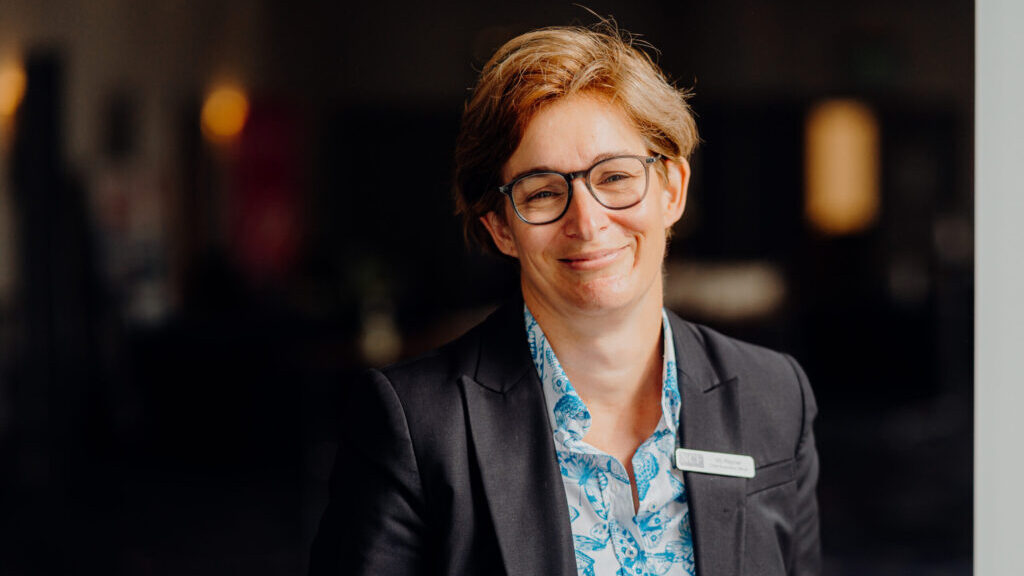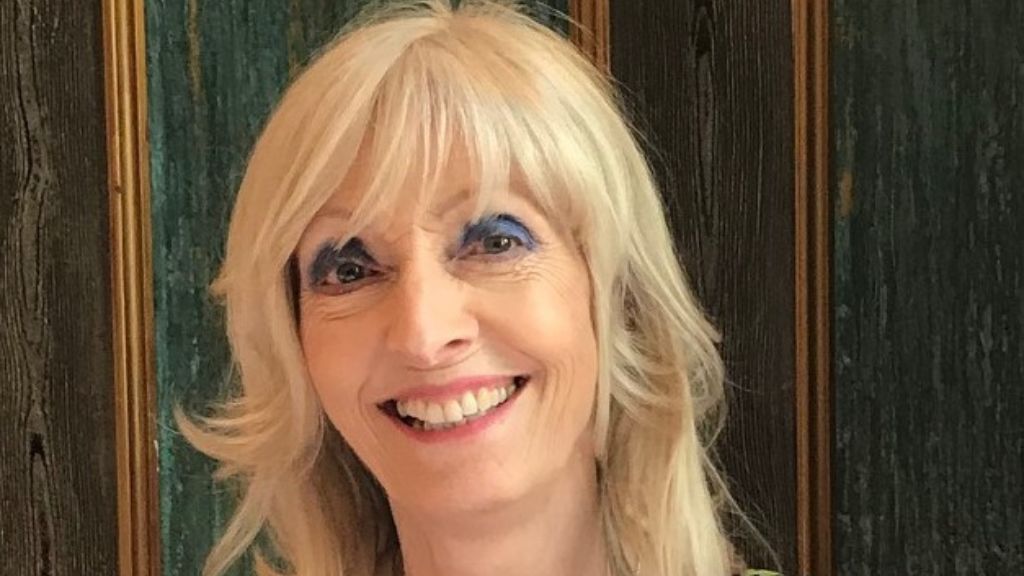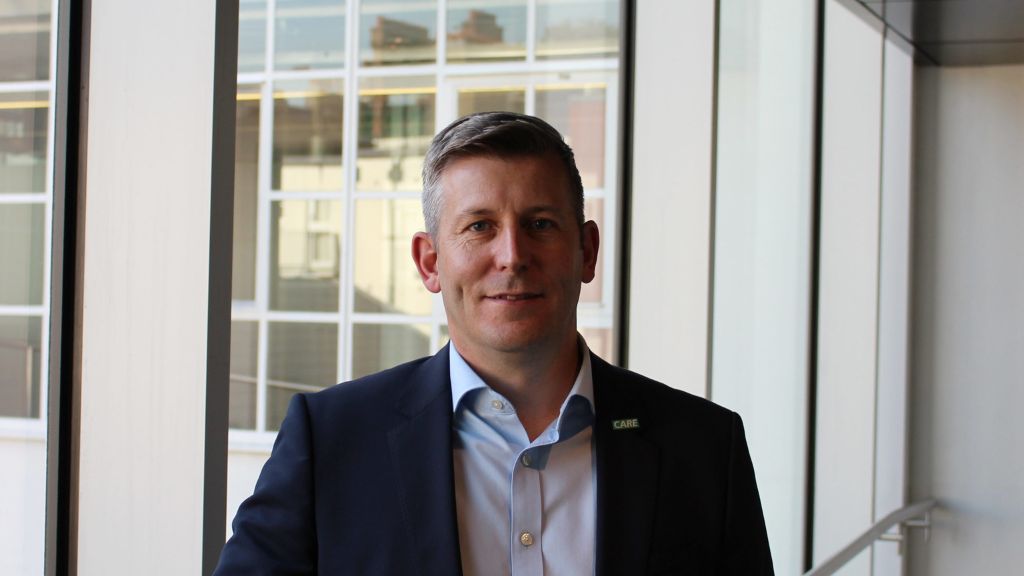Women in care
Berkley Care Group’s chief executive, Laura Taylor, and chief people officer, Leah Smith, ask Anita Goyal, trustee of Hallmark Foundation and Professor Vic Rayner, chief executive of the National Care Forum, for their views on female leadership in care

We begin by discussing with Rayner and Goyal their journeys, from early in their careers to the positions of leadership they hold today. Having “always worked in the not-for-profit sector”, Rayner points to her leadership of the National Care Forum as reflective of the importance of “working in a world which is constantly changing”.
Working in social care was far from Goyal’s focus early in her career. “I decided to go to science teaching, and I did that for about 20 years,” she says. Despite her late entry into the sector, she sees it as a central strength of her position, enabling her to apply her experience from education and charity work to social care.
“[It’s] allowed me, in the non-profit sector, also to look at social challenges and see how we can bring people together from all those sectors,” Goyal says.
Female leadership in the future
Driving Rayner’s vision for women in leadership positions are “values-based approaches,” which particularly concern “mentorship and development-focused, inclusive leadership”. Although progress has already been made, she feels more will be needed in the future.
The requirement for “people to have data analysis skills” is particularly pertinent. Rayner argues that data needs to be harnessed by those who can “say what that means for the needs of our communities going forward” but worries that this isn’t happening sufficiently. “I don’t think we’ve got a 30-year vision drawn out yet,” she says.
Personal development is a particularly important topic for Goyal. “I just feel like anyone who wants to be in this sector should have that opportunity to discover and unlock their true potential and all the possibilities through personal development,” she adds.
However, technology is similarly essential in her vision for future leadership. Regarding artificial intelligence as a crucial tool, she thinks that “young people can and should be encouraged to learn about the different AI platforms that there are”.

Barriers for women
The biggest barrier to women working in the social care sector for Goyal and Rayner is the prevalence of low pay for highly demanding work. “Other sectors and industries are more attractive… [there’s] higher, better pay and of course, the responsibility’s a lot less,” says Goyal.
Rayner adds that Skills for Care has found that “to go from front line carer to senior care worker… it’s an eight pence difference [in hourly pay]”, despite a considerable increase in work and responsibilities.
The fact that “it’s one of the poorest paid sectors” and that “81% of the [social care] workforce is made up of women” is to Rayner no “great coincidence” and a sign of how much further women must go in earning a decent wage.
When discussing issues beyond pay, both agree that better routes up the job ladder are needed.
“Having clear career pathways… that needs to come right from the top,” Goyal says, a position reiterated by Rayner, who argues that most of the sector still doesn’t “show people a developmental route”.
Regarding how best to improve the sector and make it more attractive to women, a central aspect is greater flexibility. Goyal says that “a lot of homes at the moment are really strict on 12-hour shifts”, something that can be particularly difficult for women with childcaring responsibilities. Allowing people to work half shifts would help make things easier for women who hope to balance their jobs with their family lives. This would attract more people into the sector, she argues.
For Rayner, a distinct concern in social care is the lack of “ongoing professional supervision” compared to the health sector, which “actively enables leaders… to learn from their practice [and] to develop”. This absence discourages reflection and learning, she adds, commenting: “Reflective practice is hard, and it takes time, but people learn enormously from it.”
Advice for aspiring female leaders
According to Rayner, belief is one of the most important aspects of succeeding as a woman in a leadership position. “Believe that you can make a difference, and I think if you go into the day thinking that… [then] that’s something that can drive you,” she says.
Both also highlighted the importance of passion. “[A role] has to fit your core values,” Rayner says, adding: “I think that’s the only space you can truly lead within.”
Finding an area you’re passionate about is the first of Goyal’s ‘Four Ps for success’. “The second one is having a positive attitude,” she adds. When asking her about the final two Ps to success, Goyal feels that being “proactive” by exploring “what it is that you really want” is essential in finding your niche and in being able to “participate fully in quality experiences”.
Personal inspiration
As we near the end of our discussion, we ask both leaders what inspires them. “I’m incredibly admiring of people with really creative talent,” says Rayner, who feels particularly inspired by female artists, musicians and writers.
However, she adds that education should continue to catch up in this field. Reflecting on her children’s time in school, she notes that “they all just studied the same text that I’m pretty sure I studied… 40-plus years ago, which are all men, largely”. She is optimistic that this is something that can be improved in the future.
Ending our discussion, Goyal stresses the wide range of women she’s inspired by, “starting from human rights campaigner Malala Yousafzai to environmental activist Greta Thunberg”, but pays particular credit to feminist Sheila Kelley, who has done work on “how you can use your femininity in… an empowering way”. Being able to unlock feminine leadership is something she finds particularly inspiring as she feels that women “don’t have to… use some of the masculine traits that men use to lead”, she says.
Despite the lack of female representation in senior leadership positions, Rayner and Goyal are optimistic that, with improved pay, greater flexibility and clearer career paths, and passionate role models, the sector holds significant opportunities for women moving forward.



